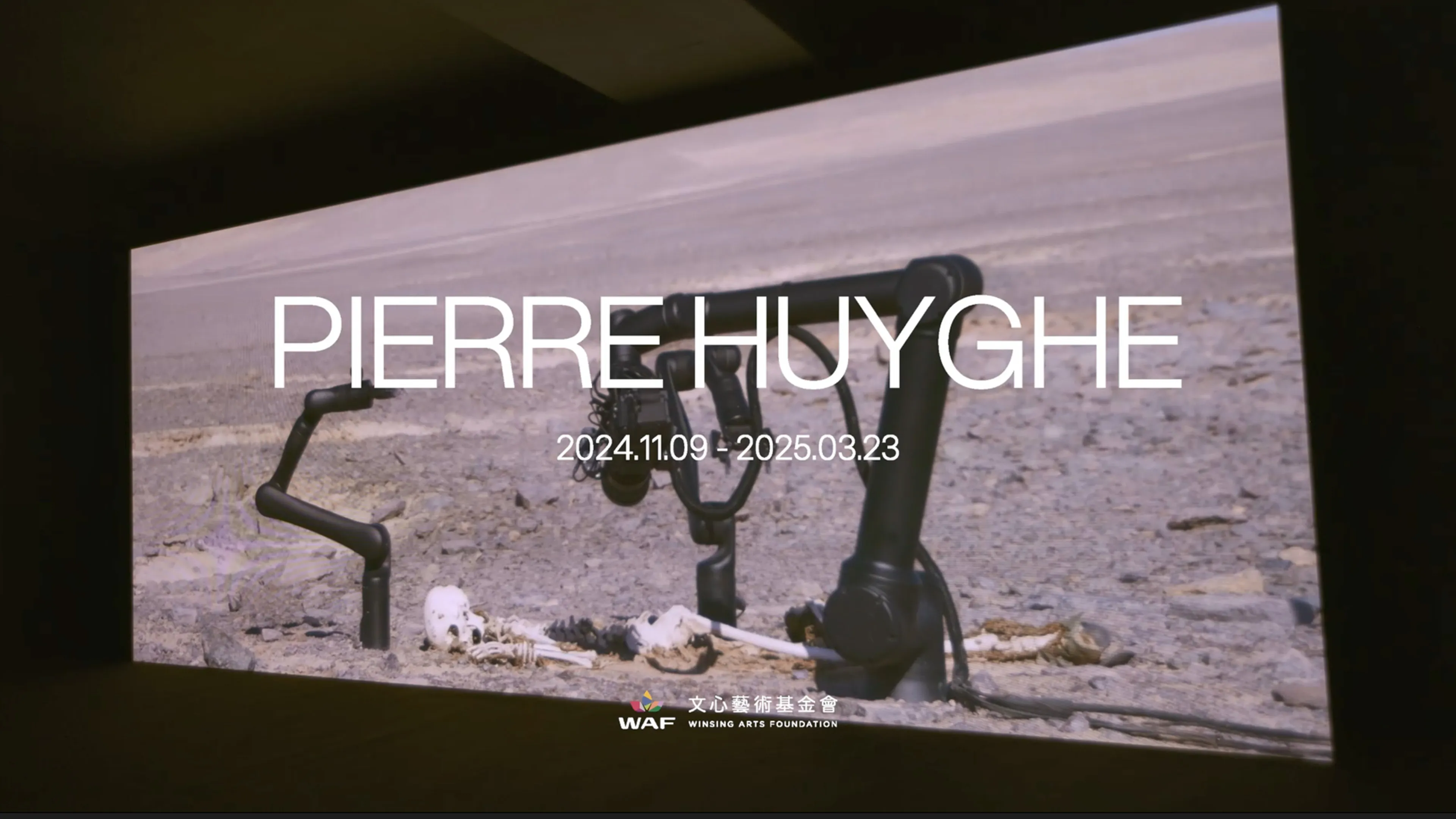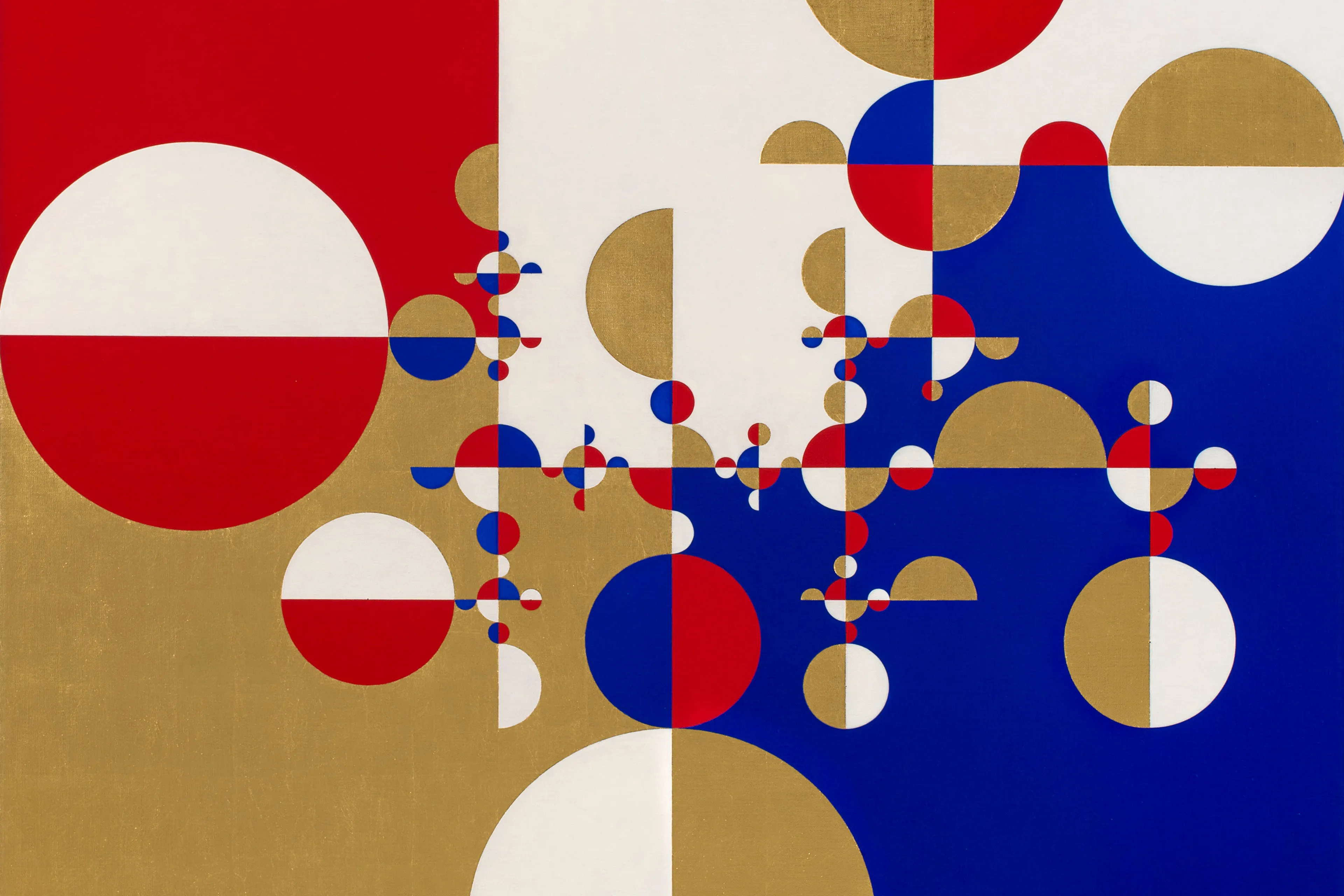
PIERRE HUYGHE
Opening
Locations
WINSING ART PLACE
“As I start a project, I always need to create a world. Then I want to enter this world and my walk through this world is the work.” — Pierre Huyghe
Five blind Mexican tetras swim at ease among the artificial caves in an aquarium, coexisting harmoniously as enduring inhabitants of Winsing Art Place since its founding in 2019. Five years have passed and the sculpted rocks in the tank have gone from bare to being covered in red algae, so the fish no longer need additional feeding. This work has transformed into a self-sustaining ecosystem capable of maintaining its own balance after synchronizing with Taiwan’s natural day-night rhythmicity. Would the fish evolve under these different circadian rhythms? By posing this question, French artist Pierre Huyghe investigates the dynamic relationship between organisms and their environments, inviting us to reflect on our own ways of life.
Interactions between humans and non-humans play a crucial role in Huyghe’s work. Whether animals, plants, or neural networks, these elements possess the ability to learn, adapt, and evolve. “Usually, we think of an exhibition as an endpoint, a resolution of something. The exhibition is not the end of a process but a continuously changing ritual—the starting point to an elsewhere,” said the artist. He sees art not as a static display but as an experience that continuously evolves. Art is more than a presentation in his practice and exhibitions. It gravitates toward a process that engages the audience, prompting them to ponder and actively participate.
In his 2012 work Untilled at dOCUMENTA (13) in Kassel, Huyghe created a new ecological chain on an untilled plot of land, merging a concrete sculpture with a beehive that gradually enveloped the sculpture’s head. This piece explores themes of collective intelligence and self-organization. As the bees’ life cycles progress, the work develops an increasing interdependence with the surrounding environment, transforming the sculpture into an organic entity that interacts with both its surroundings and viewers. Huyghe’s After ALife Ahead for Skulptur Projekte Münster turned an old ice rink into a complex interplay of heterogeneous biological and technological systems, integrating a unique Cancer Cells Variator, containing HeLa cells (immortal cancer cells) that responds dynamically to its exhibition environment.
In his exhibition at the Punta della Dogana in Venice in March 2024, Huyghe blurred the lines between reality and fiction by examining the interactions among humans, non-humans, and machine learning. The audience and the machines learned and evolved together in the darkness, shaping a world where humans were no longer the central authority. The work and exhibition space constantly shifted, transformed, endured, and evolved, absorbing sensory and imperceptible events. Ever expanding, new possibilities emerged and coexisted like a unpredictable ritual.
In the current exhibition at Winsing Art Place, following its showcase at the Punta della Dogana in Venice, Camata is a video piece capturing a skeleton in Chile’s Atacama Desert. Controlled in real-time by machine learning, the work autonomously directs and edits itself. Another piece, Idiom, features a golden mask that uses sensors to detect imperceptible human traits and further translates this data into specific phonemes and syntax to create its own unique language. The exhibition also revisits earlier works, Crystal Cave and Á Rebours, where a cave, lifeless fur coat, and forms of rebirth interweave between the real and surreal. Here, Huyghe explores conventional boundaries between humans and other entities. These intersections beckon reflections on the meaning of truth and fiction in contemporary society.

.webp)
%202.webp)
%204.webp)
%203.webp)
.webp)
%202.webp)
%205.webp)




